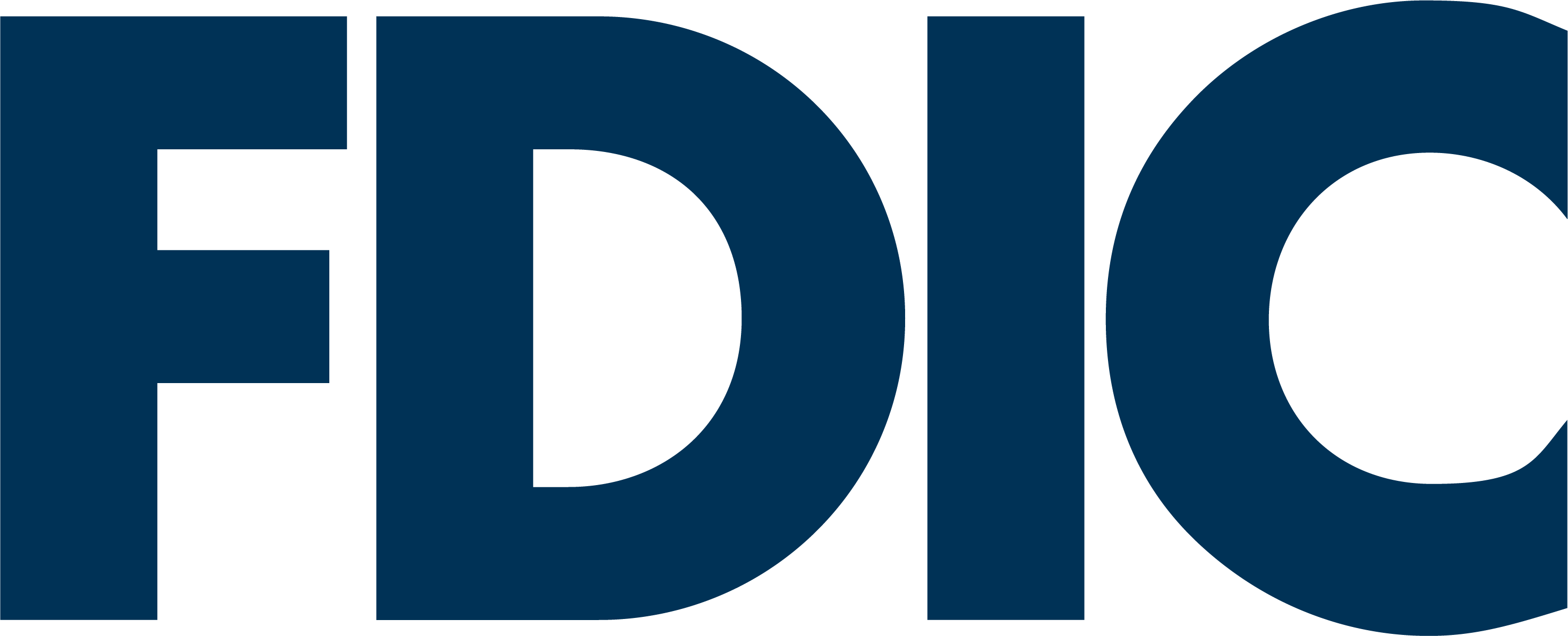What is an IRA?

IRAs are quite popular, mainly because they allow individuals to put away money that’s either tax-free or tax deferred. It’s also important to understand that while IRAs aren’t considered an investment on their own, IRAs can encompass stocks, bonds and other products that do provide an ROI.
There are two main IRA types to consider: Traditional and Roth. In both situations, your money can grow tax-free while it is in the account, meaning interest, dividends and capital gains can compound without being chipped away while it sits.
A Traditional IRA allows you to contribute pre-tax earnings to your account, so you are able to see immediate tax benefits. Once you hit retirement age and begin to make regular withdrawals, only then are your contributions taxed as current income. This is often the choice for those who expect to be in a lower tax bracket post-retirement.
Roth IRA contributions are taxed before they go into your account, and once you reach retirement age, you can make withdrawals that are not taxed. Here, you may not see immediate tax benefits, but down the road, all the money from your account goes directly into your pocket.
There are a few other differences between the two types of IRAs like contribution limits and qualifying factors, but the main difference is whether you pay taxes before your contribution or when you make a withdrawal.
If tax-free savings sound too good to be true, you might be wondering if there’s a catch. The catch with an IRA is its contribution limit. Limits vary from account to account; however, you can typically contribute about $6,000 annually to most IRAs. It’s common for an IRA to be a supplemental form of retirement savings in addition to a 401k or other employer-sponsored account. You’ll also want to think before withdrawing from an IRA too early—there are often penalties before age 59 ½. The good news is, if you wait to use your retirement savings in retirement, you can withdraw penalty-free.
Whether you’ve just landed your first job or you’re looking for another way to save for retirement, an IRA is a great mechanism to build your savings so you can retire to Florida (or anywhere) stress- and maybe tax-free. We’ve got flexible IRA options to help you get started and before you know it, you’ll be relaxing on a beach.
Calculate your savings goals and start saving today!














